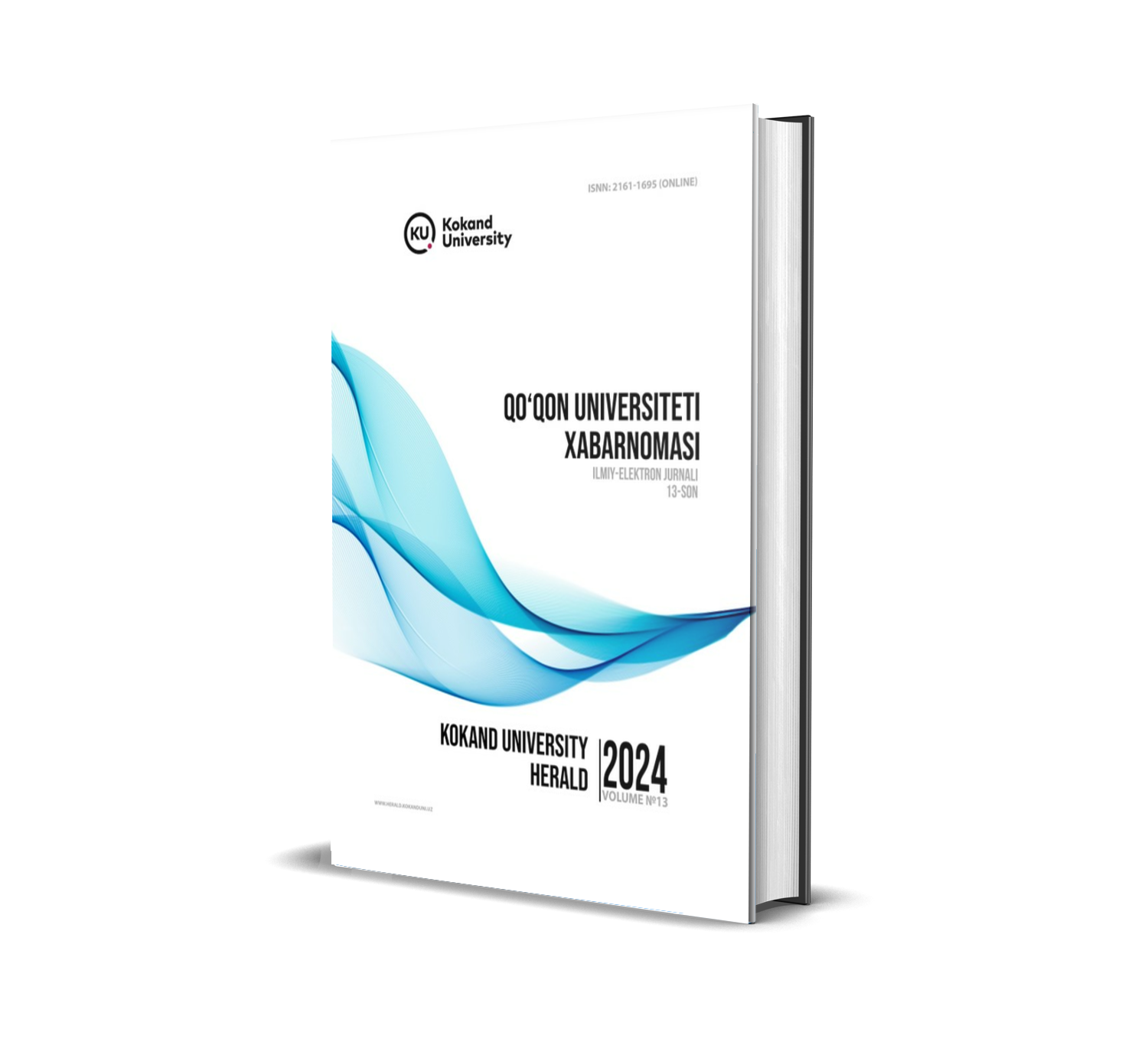THE ROLE OF EUPHEMISMS IN POLITICAL SPEECH: A COGNITIVE AND RHETORICAL ANALYSIS
DOI:
https://doi.org/10.54613/ku.v13i.1093Keywords:
euphemism, political speech, discourse analysis, cognitive linguistics, political rhetoric, manipulation, public perception.Abstract
This paper explores the function of euphemisms in political speech, investigating their role in shaping public perception, mediating controversial topics, and maintaining political stability. Euphemisms are often employed as linguistic strategies to soften the impact of potentially harmful or contentious issues, making them more palatable for the public. Using a combination of cognitive linguistics, discourse analysis, and political rhetoric theory, this study identifies how euphemisms are used to influence political discourse, facilitate communication in delicate matters, and maintain ideological coherence. Through an examination of political speeches, media narratives, and public statements, the paper highlights the complexities of euphemisms as tools of power and persuasion. The analysis also addresses the ethical implications of euphemistic language in politics, noting the potential for manipulation and obfuscation. Ultimately, this research sheds light on how euphemisms shape political communication and public engagement with political issues.
Foydalanilgan adabiyotlar:
Aristotle. (2007). On Rhetoric: A Theory of Civic Discourse. Oxford University Press.
Fairclough, N. (1992). Discourse and Social Change. Polity Press.
Foucault, M. (1972). The Archaeology of Knowledge. Pantheon Books.
Lakoff, G. (2004). Don’t Think of an Elephant!. Chelsea Green Publishing.
Lakoff, G., & Johnson, M. (1980). Metaphors We Live By. University of Chicago Press.
Lodge, G. (1991). The Language of Politics. Routledge.
Orwell, G. (1946). Politics and the English Language. Horizon.
Downloads
Published
Iqtiboslik olish
Issue
Section
License
Copyright (c) 2025 QO‘QON UNIVERSITETI XABARNOMASI

This work is licensed under a Creative Commons Attribution 4.0 International License.

